9 smart and easy basement insulation ideas – experts reveal the best ways to keep heat in during winter, and out in summer
Weather-proof your basement with our pro tips

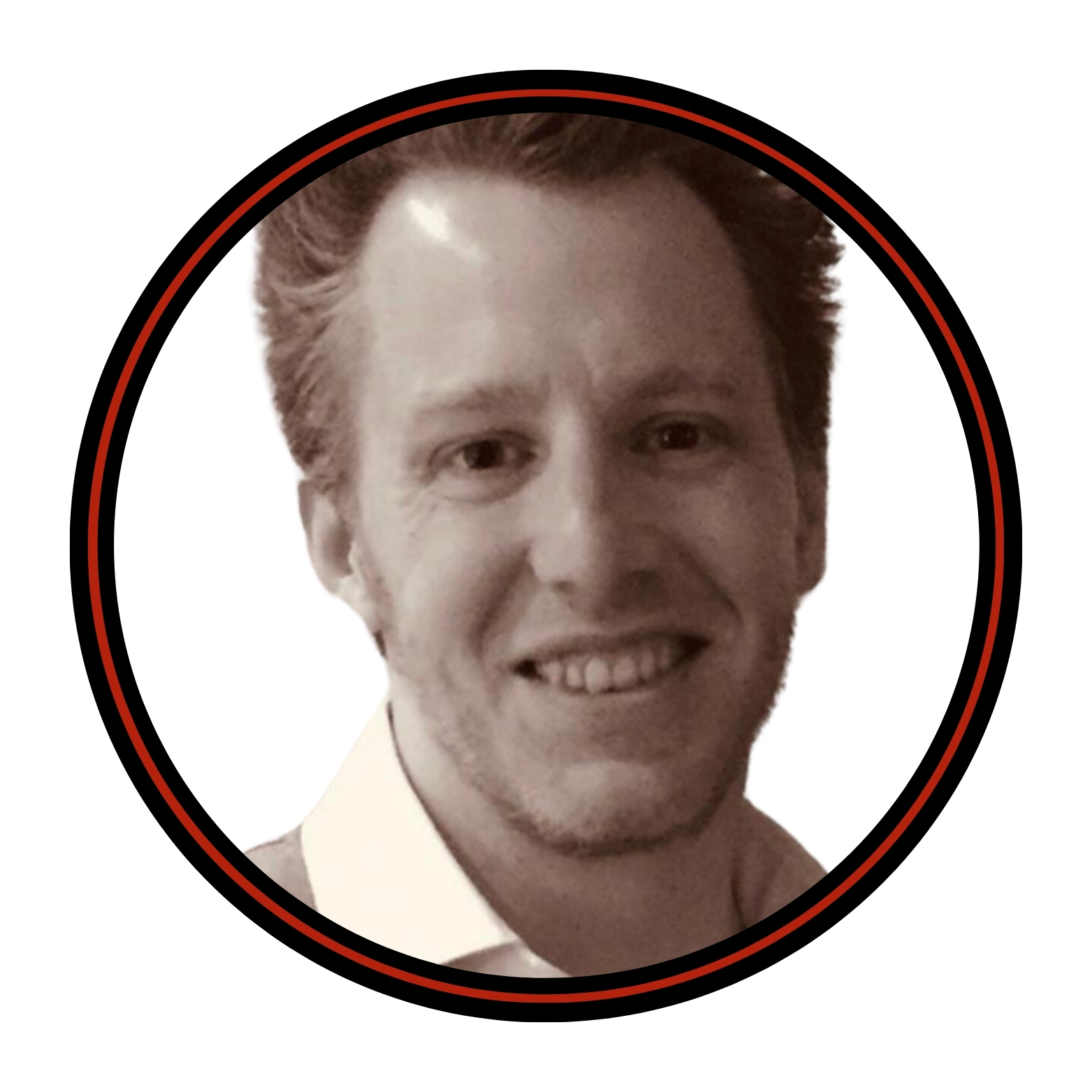
Basement insulation is essential for energy efficiency, comfort, and cost savings.
Here, industry experts reveal nine insulation ideas to help maintain a balanced temperature in your basement.
By knowing these top tips for insulating your basement and keeping a basement warm, you'll be ready to enjoy comfortable temperatures all year round.
1. Spray foam

Spray foam insulation expands to fill gaps, offering a tight, moisture-resistant seal.
Josh Mitchell, HVAC technician at Air Conditioner Lab, says, 'Closed-cell spray foam is a great option for your basement ceiling because it expands to fill any gaps and blocks airflow between the basement and floors above, keeping your whole house more comfortable.
'Begin by clearing any items near the ceiling joists to give yourself room to work. Wear protective gear – such as a mask, gloves, and goggles since spray foam can get messy.
'After applying an even layer of foam between ceiling joists, let it harden and expand, then trim any excess. Add drywall or ceiling panels if you’d like a more polished look.'
Shu Saito, HVAC specialist at All Filters, adds, 'Spray foam works very well in multiple other areas of a basement too including in walls and between floor joists.'
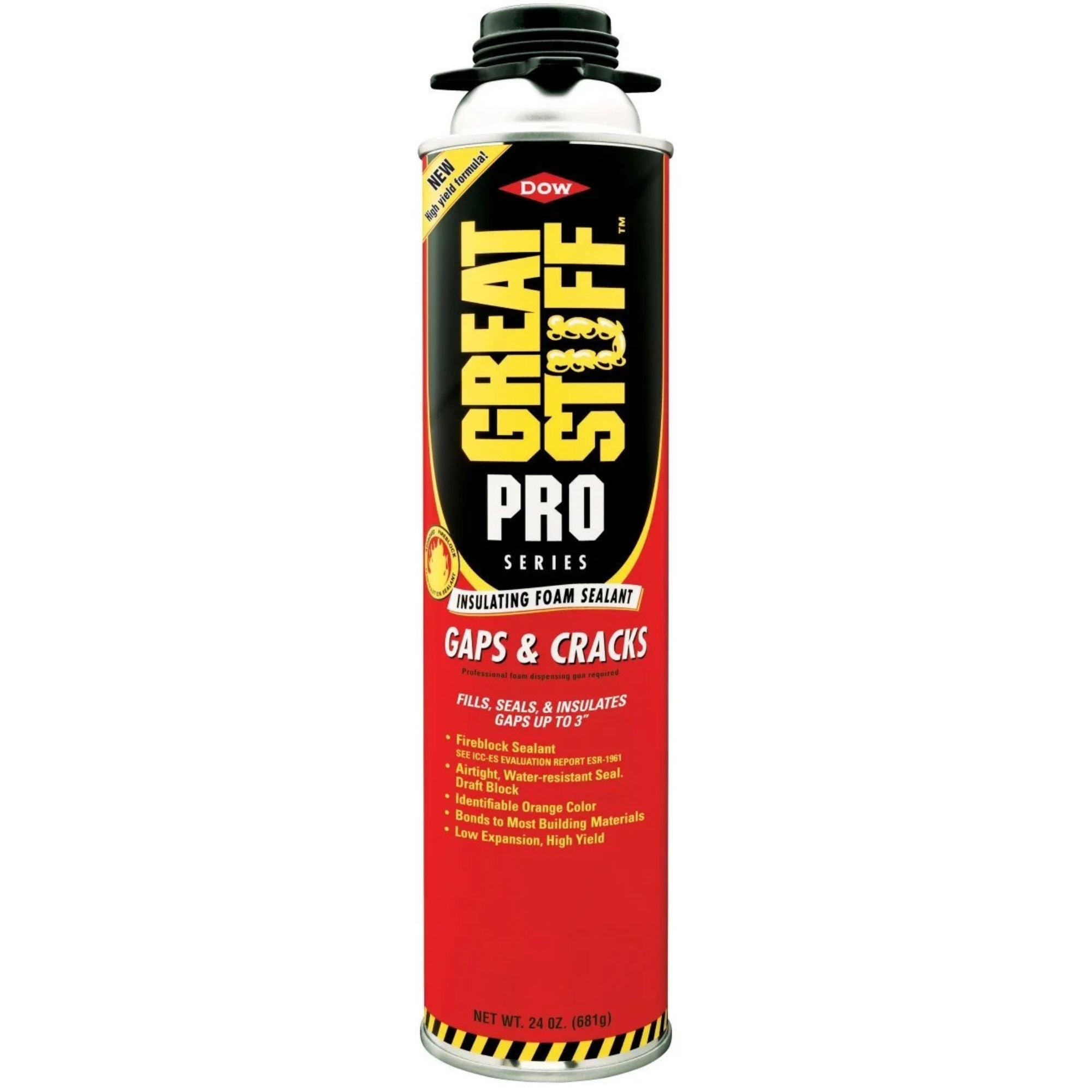
Our experts highly recommend this high-quality sealant. Mitchell says, 'It's user-friendly, cost effective and great for DIY projects.' Saito adds, 'It’s ideal for hard-to-reach areas and irregularly-shaped spaces, preventing drafts and water infiltration, keeping basements warm in winter and cool in summer.'
2. Rigid foam board
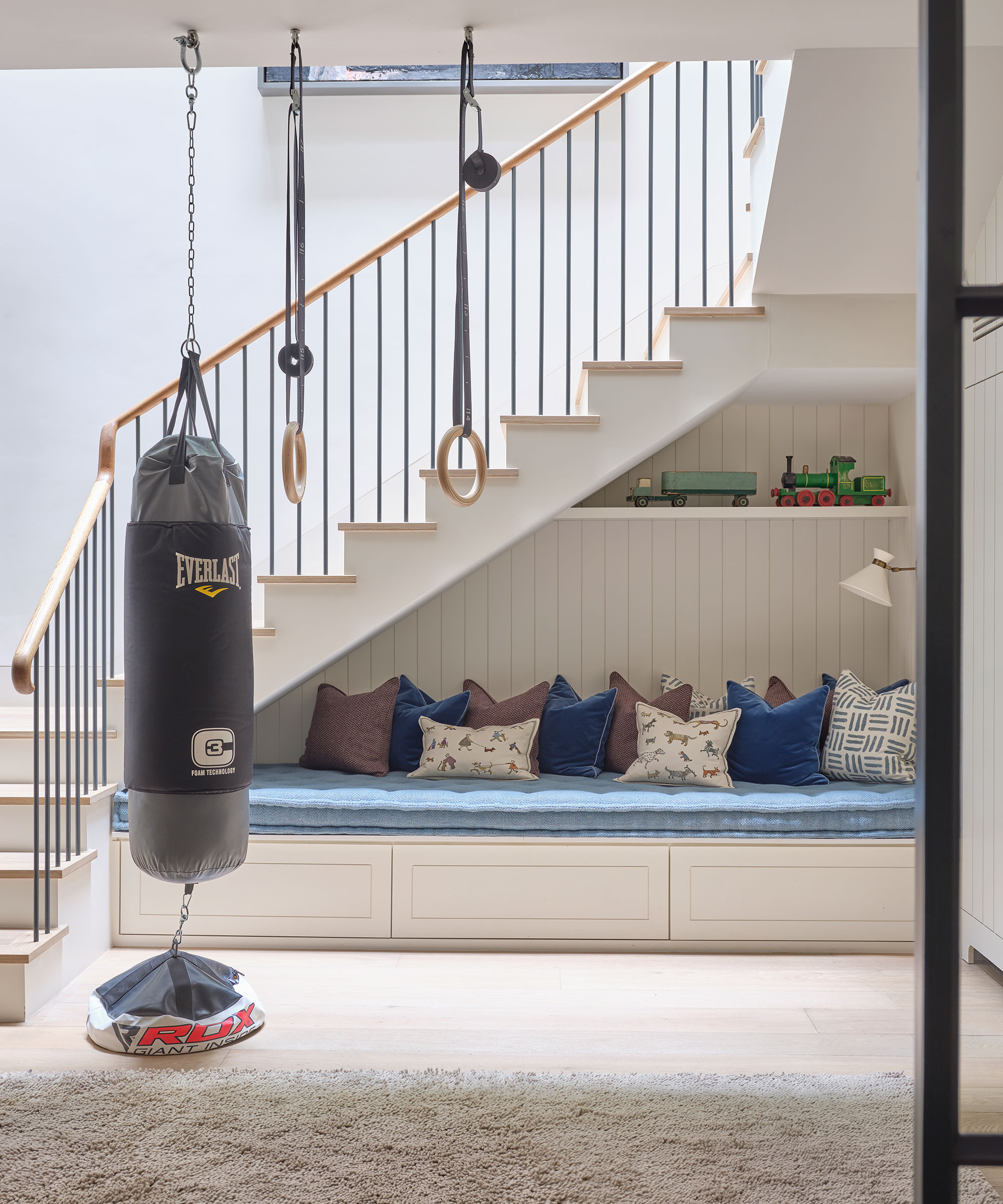
Rigid foam board provides a durable, moisture-resistant barrier, is easy to install on walls and will help you make the most of your basement. It works well in this area of the home because it resists both heat transfer and moisture, essential for underground spaces. You can also apply foam boards under floors as it's one of the places in the home you can add insulation to keep it warm all winter.
Wayne Scherger, brand president of iFOAM, says, 'Rigid foam boards are versatile and efficient for basement insulation, and when you tape them properly, they double as both insulation and an air barrier, which helps keep warmth in and moisture out. This method is also practical for older basements where an immediate insulation solution is needed.
'Start by cutting and fitting rigid foam boards to cover the walls, securing them with a foam-compatible adhesive. Then, use tape made specifically for foam board insulation to cover each seam and edge, blocking any path for moisture to reach the concrete.'
Mitchell says, 'As well as locking in heat and keeping moisture out, rigid foam insulation is great for basements because it also prevents mold growth better than materials like fiberglass.'
Read more about preventing mold in insulation.
Saito adds, 'Rigid foam board isn't just for walls – it's great for basement floors too. Start by measuring and cutting the foam boards to fit snugly across your floor. Then, place a vapor barrier to prevent moisture issues, install the foam over that, and your choice of flooring over that.'
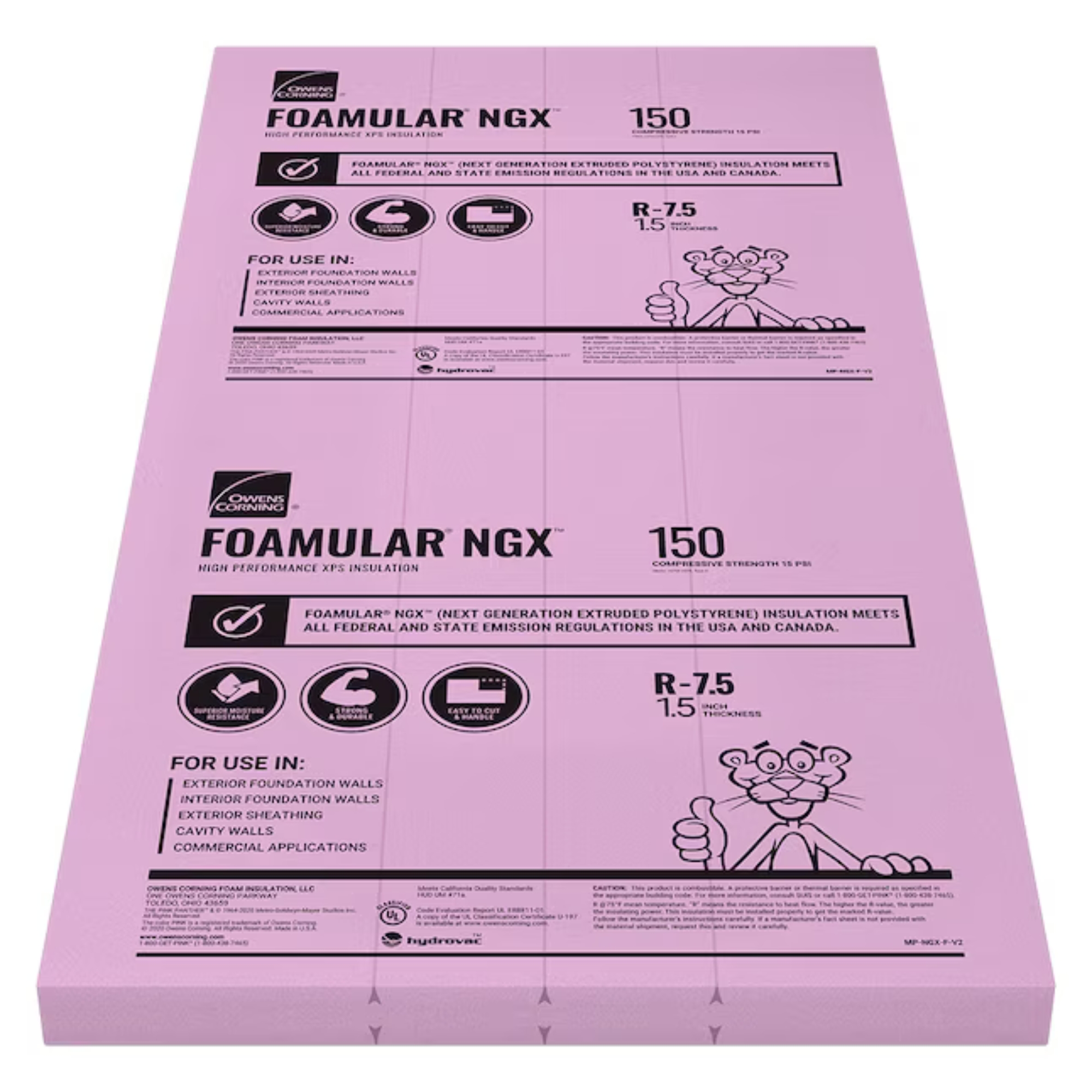
Our experts love this popular insulation board, which comes with a lifetime warranty. Mitchell says, 'This is a solid choice. It’s moisture-resistant, easy to install, and has various thicknesses for different needs.' Saito adds, 'This product is great because it doesn't absorb water, and has a high R-value (how well it stops heat passing through) to keep basements comfortable year-round.'
3. Fiberglass batts
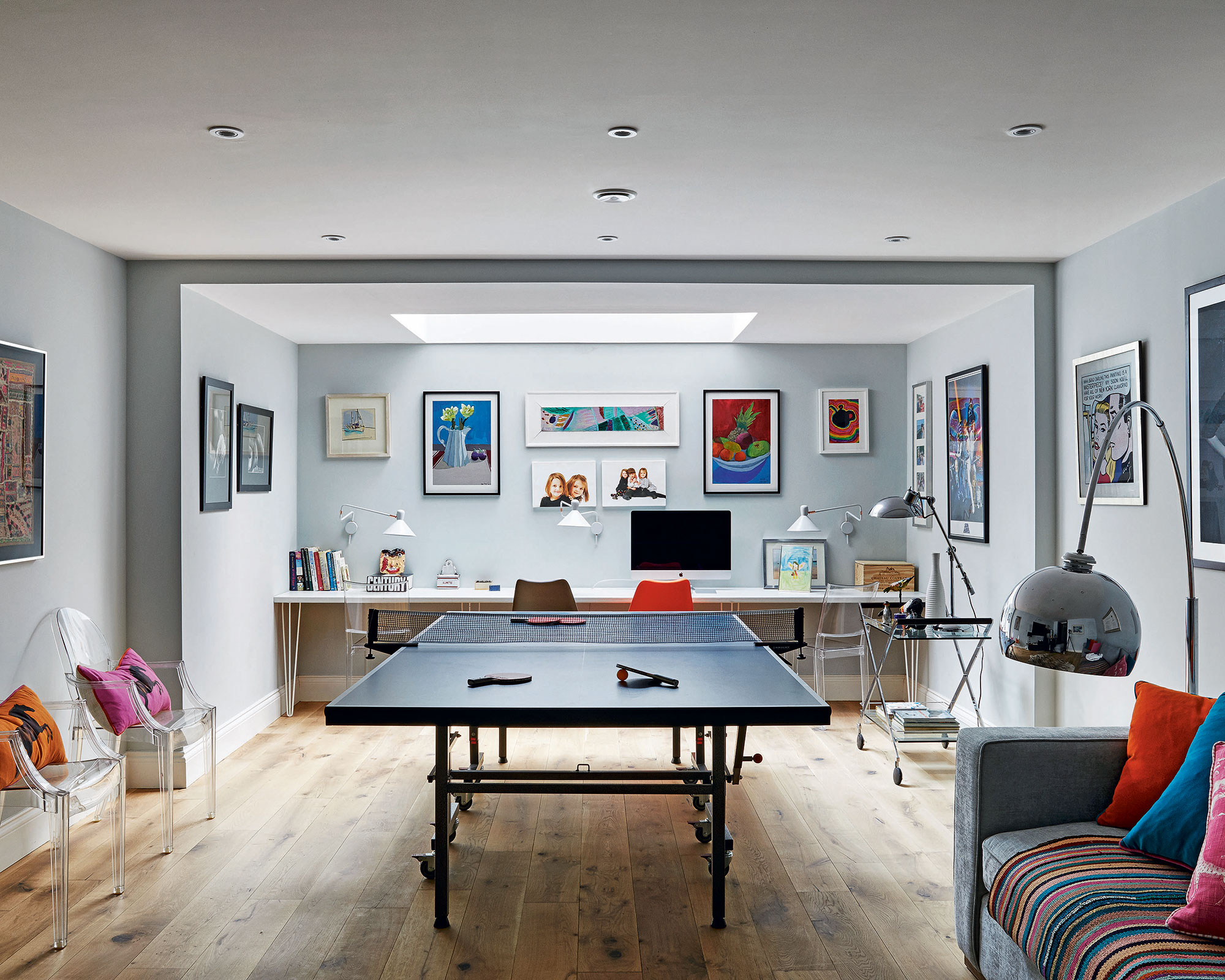
Fiberglass batts are a popular, cost-effective choice for basement insulation. They’re relatively easy to install in walls or ceilings and offer excellent thermal resistance.
Saito says, 'Fiberglass batts are pretty easy to install, relatively inexpensive, and really good at preventing heat loss in winter and heat gain in summer. Measure the wall cavities and then cut the batts to fit each one perfectly. Staple them to the studs, making sure they are tight and have no gaps in them.'
Be sure to cover them with a vapor barrier to protect against moisture and improve their longevity. For more, check out our guide on five ways to insulate a wall.

Saito highly recommends these popular pre-cut batts, which are pre-cut for use in standard 8-ft walls with 24-in on-center stud spacing. He says, 'Handily, it's kitted out with a water vapor barrier and designed to fit between standard stud sizes, making it simple yet effective for homeowners to install.'
4. Subfloor panels
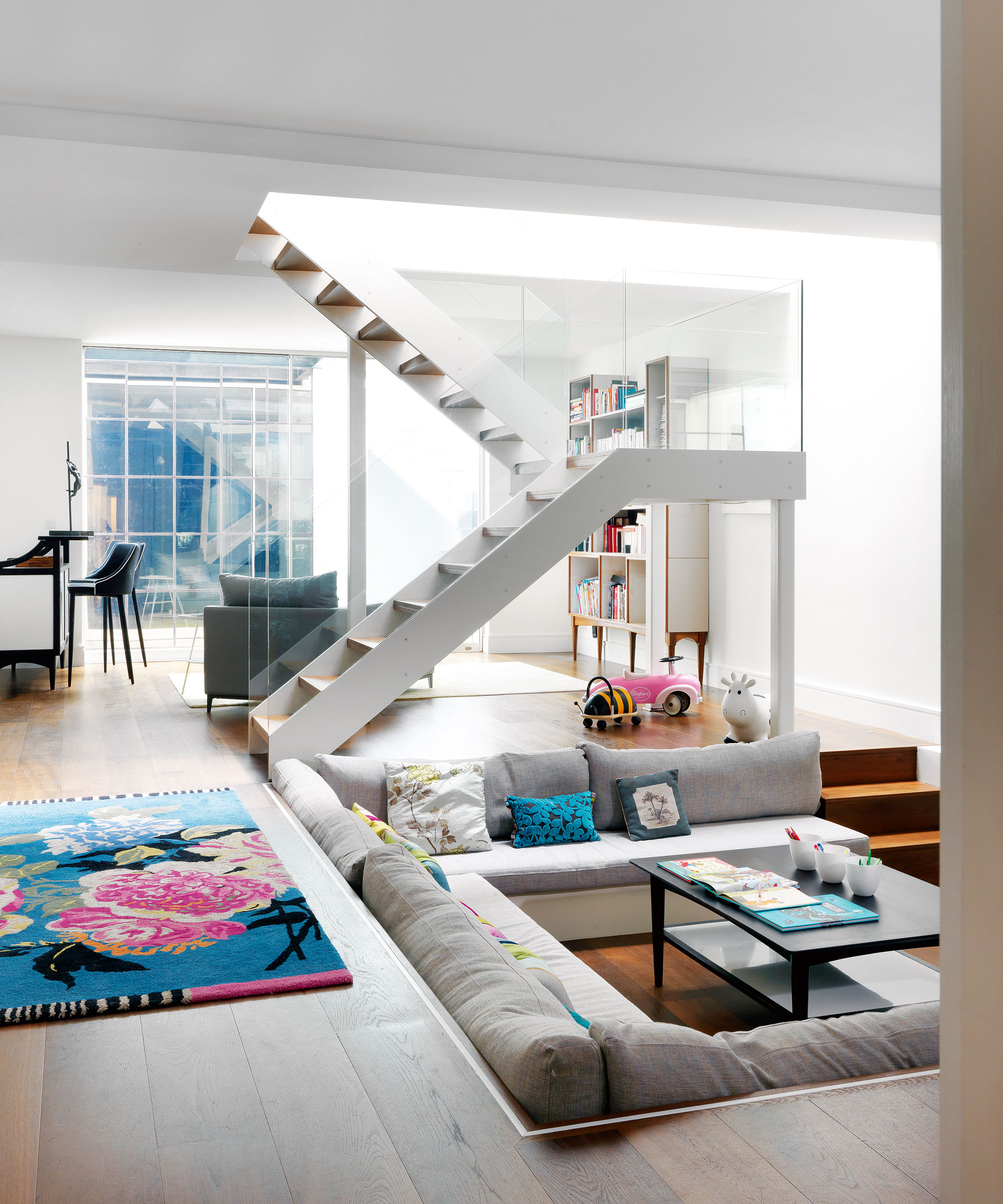
Add rugs to your basement floor for an easy extra layer of insulation
Subfloor insulation panels help protect against cold floors, a common issue in basements. These interlocking panels create a barrier between the floor and the cold foundation, making the space warmer and more comfortable. Subfloor panels also provide a stable base for carpets or other floorings.
Jon Christensen, CEO of home improvement hub Bidmii, says, 'I recently helped my mom completely renovate her basement, and insulating the basement floor was a big difference-maker. These panels provide a thermal break between the cold concrete slab and your finished flooring, making the floor feel warmer underfoot and reducing overall heat loss.
'Installation is straightforward: you lay the panels directly on the concrete floor, clicking them together, and then install your choice of flooring on top. The difference in comfort was immediately noticeable!'
For more, check out our guide to the best basement floors and considering adding a rug, which is one way to insulate your home in winter and make it more comfortable to walk on.

Our experts love these easy-to-install panels. Mitchell says, 'DRICORE Insulated Subfloor Panels are great because they’re moisture-resistant and easy to install. They provide good insulation and can handle high-traffic areas.' Christensen adds, 'Made specifically for basements, I can confirm these are high quality and easy to install, just as described. A great option.'
5. Foam tubes
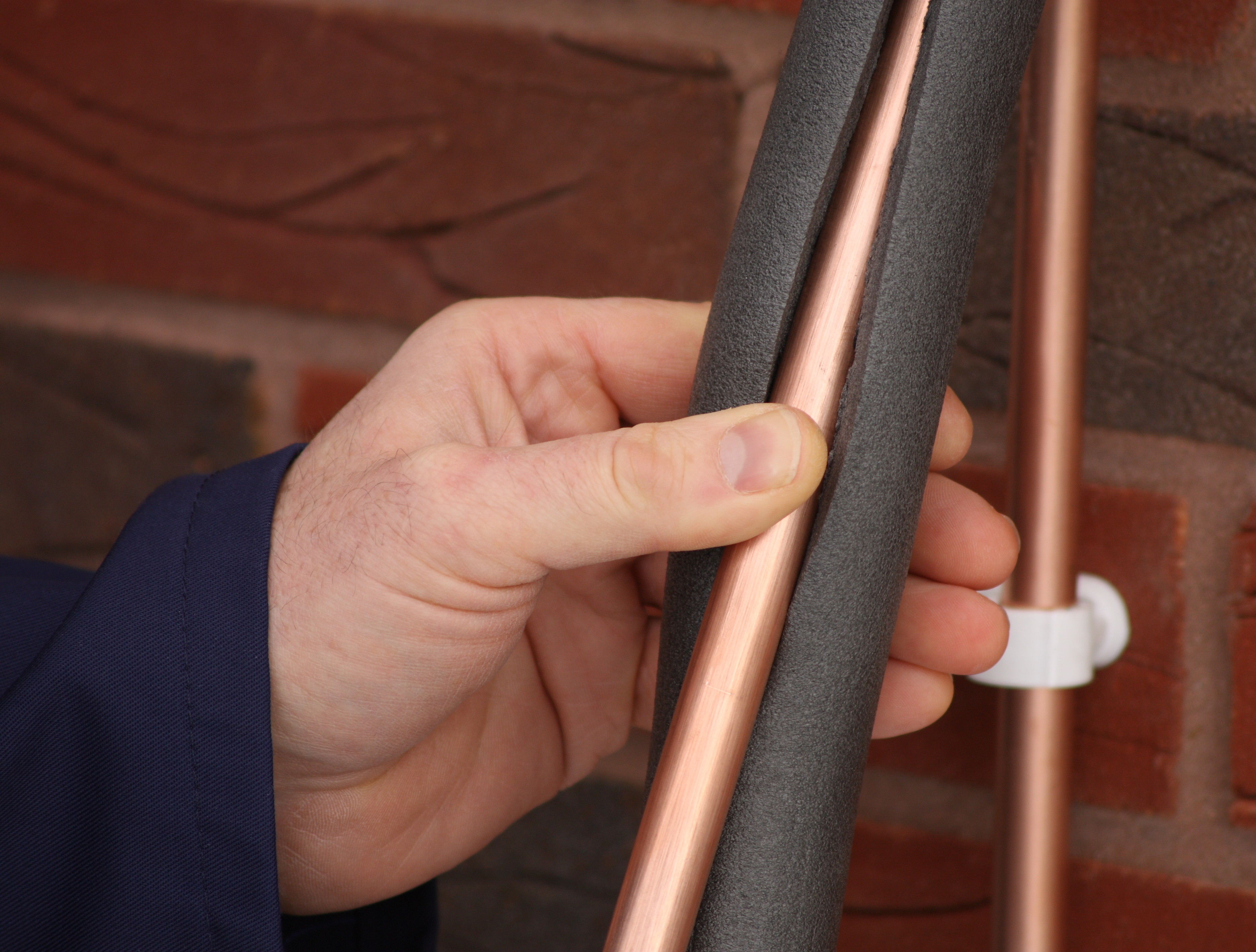
Foam tubes wrap around pipes, insulating them from extreme temperature fluctuations. This prevents pipes from freezing in winter and helps avoid condensation in summer.
Francisco Fuenmayor, a home improvement expert at LocalProBook, says, 'Insulating pipes in the basement helps reduce heat loss and prevent condensation, essential in both winter and summer.
'Simply measure the pipes, cut foam tubes to size, and secure them along any exposed hot water or HVAC pipes to keep the basement's ambient temperature stable.'
Foam tubes are affordable and easy to install, especially helpful for unfinished basements. For more, check out our guide on how to insulate pipes.
If your basement is not temperature controlled, insulating your pipes could also help avert the risk of frozen pipes, leaks and other winter havoc.
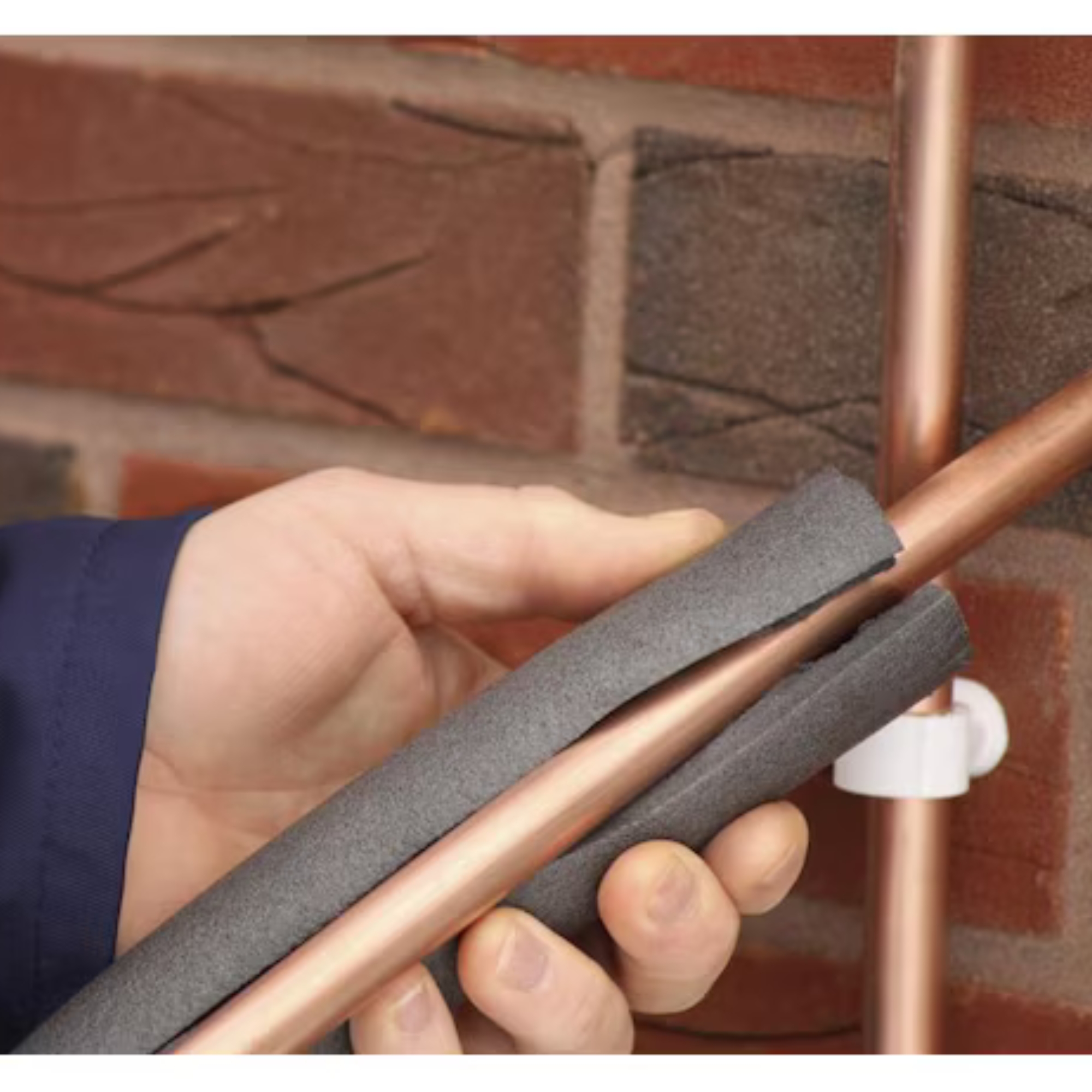
Pre-slit and self-sealing, this polyethylene foam keeps heat in, providing excellent year-round insulation. Fuenmayor says, 'Simple to install, I'd recommend this reliable product, which cuts down on both energy loss and potential pipe sweating.'
6. Thermal curtains
Thermal curtains provide insulation for basement windows, helping prevent heat loss in winter and blocking sun in summer. These heavy, insulated curtains add an extra layer to seal out drafts and reduce energy transfer. Learn more about how to insulate your windows for reduced heat loss.
Fuenmayor says, 'Thermal curtains create an added barrier against cold drafts from basement windows, adding both insulation and a bit of design. Simply hang thermal curtains over windows, closing them during colder months to retain heat, then opening them in summer to allow the basement to cool.'
For more top tips, check out our guide on the best ways to heat a basement.
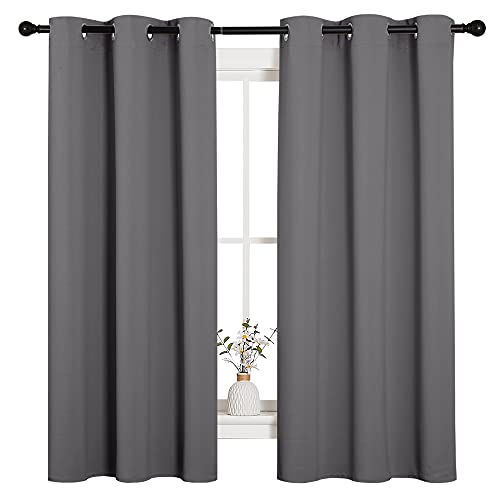
Made from polyester, this pair of blackout curtain panels come with six grommets each and impede between 85 and 99 per cent of light. Machine washable in cold water, you can also tumble dry, iron and steam clean when needed. Fuenmayor says, 'These insulated curtains are thick and effective in regulating temperature, perfect for basement windows.'
7. Window sealant
Sealing windows is a quick and effective way to eliminate drafts and improve insulation. Use weather-resistant sealants or caulk, available on Amazon for quick delivery, around window edges to keep air from leaking in or out.
Christensen says, 'We addressed potential air leaks by sealing gaps and cracks around windows, doors, and utility penetrations with spray foam insulation. This step is crucial because even small drafts can significantly undermine your insulation efforts. Sealing these areas helps maintain a consistent indoor temperature and improves energy efficiency.'
This small investment helps maintain a stable temperature in your basement.
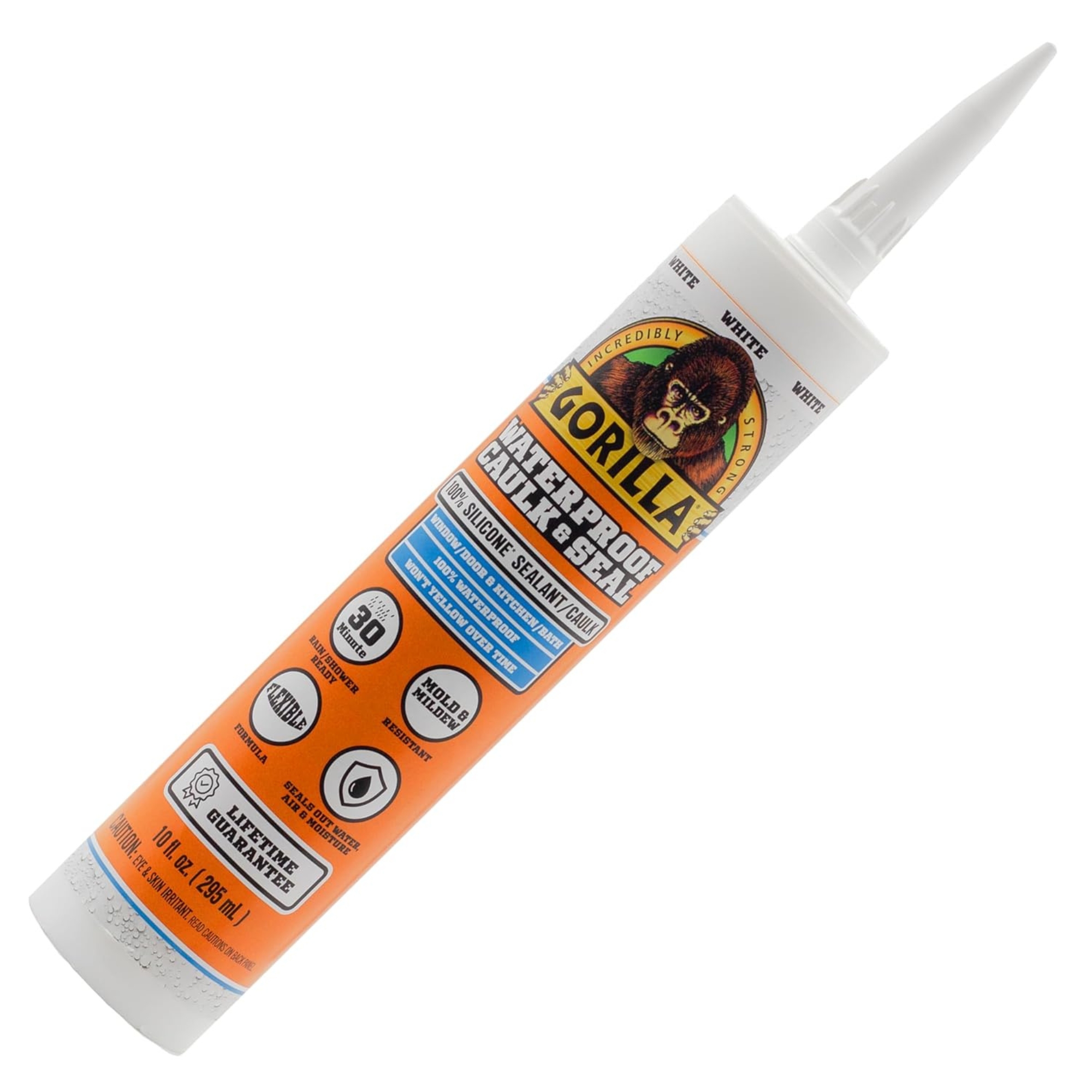
This popular sealant – which comes with more than 13,000 five-star customer reviews – seals out water, air and moisture. Ideal for sealing basement windows, this long-lasting sealant is not only mold and mildew resistant, but won't yellow, shrink or crack over time.
8. Heat barriers
Heat barriers reflect radiant heat away from the basement, making them especially useful in warm climates.
Installed on walls or ceilings, they prevent outside heat from entering the space, keeping it cool in the summer. In winter, they can help retain indoor heat when combined with other insulation types.
Fuenmayor says, 'A radiant heat barrier blocks heat transfer, which is great for unfinished basements with exposed joists. It’s particularly effective in hot climates. Staple the radiant barrier foil between the floor joists above to reflect heat back into the basement during winter and out in the summer.'

This high-quality heat barrier foil reflects 95% of radiant energy. Strong but lightweight, the foil is easy to cut, install and clean. Closed-cell polyethylene is sandwiched between highly-reflective engineered foil on both sides, creating excellent insulation and soundproofing. Unaffected by humidity and moisture, this non-toxic material can be used safely in your basement.
9. LiteSIP
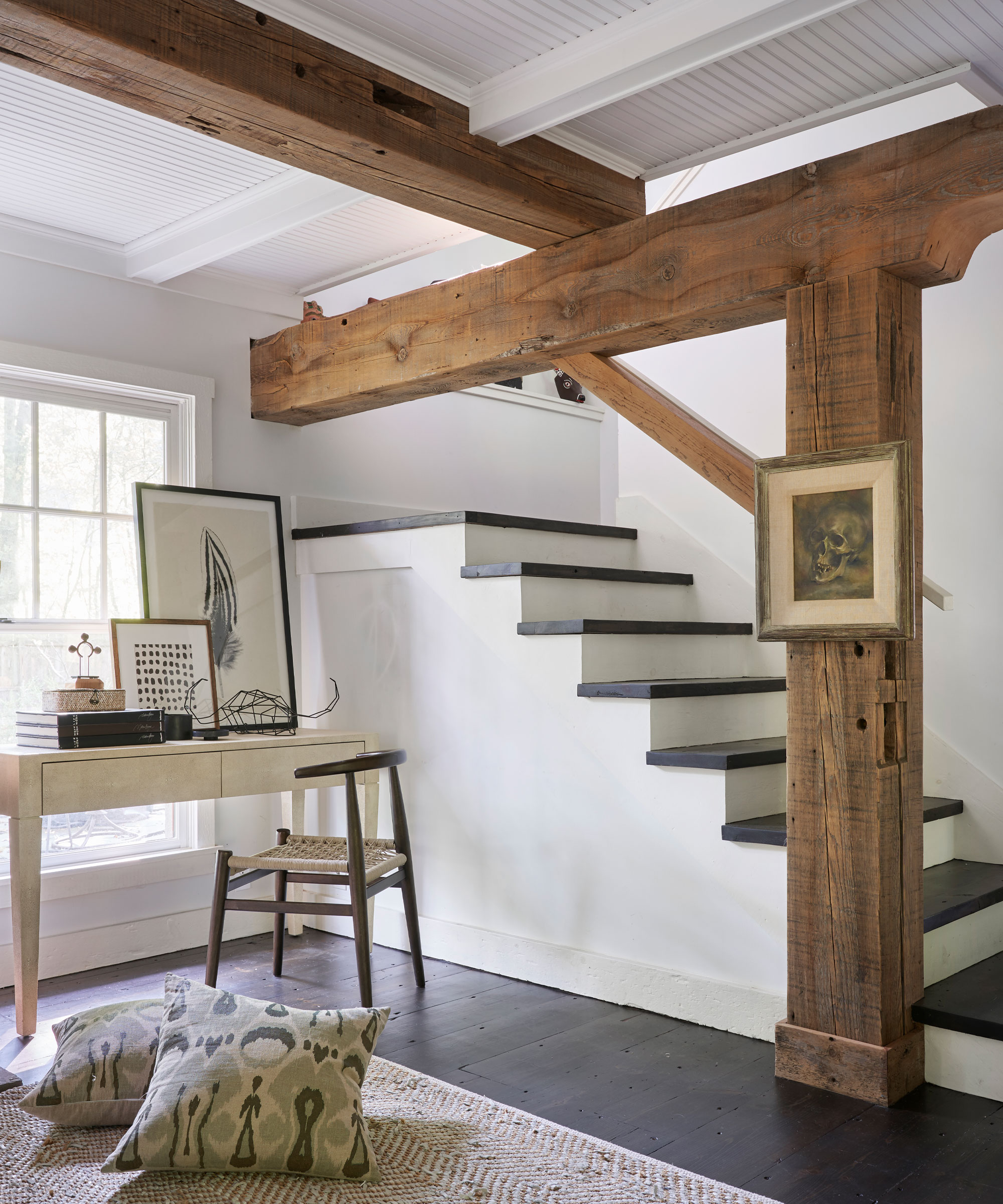
LiteSIP, or lightweight structural insulated panels, offer superior insulation and strength. These panels consist of a foam core sandwiched between two rigid layers, providing high energy efficiency. LiteSIP panels are versatile and can be used on walls, floors, or ceilings to create a well-insulated basement.
Harrison Langley, CEO of MDLR Brands, says, 'Our LiteSIP products provide a unique, energy-efficient approach to insulation, making them ideal for basement environments where temperature control and moisture resistance are essential.'
FAQs
Is insulating my basement worth the cost?
Yes, basement insulation can lead to significant energy savings over time, which helps offset initial costs. Proper insulation reduces heating and cooling bills, making your home more comfortable year-round. A well-insulated basement also increases home resale value, as energy efficiency is a key selling point.
Do I need to insulate my basement ceiling as well?
Insulating the basement ceiling can help separate the thermal zones, especially if the basement is unheated. This keeps the upper floors warmer in winter and prevents cool air from escaping into the basement in summer. However, if your basement is heated and used frequently, insulating walls and floors may be more beneficial.
For more, see what happened when our writer investigated: Should you insulate a basement ceiling?
How can I prevent moisture issues in an insulated basement?
Moisture control is crucial in basements, as insulation can trap moisture if not properly managed. Use vapor barriers and choose moisture-resistant insulation types, such as rigid foam or spray foam, to prevent mold and mildew. Additionally, maintaining proper ventilation and addressing leaks or water seepage will help keep the basement dry and healthy.
So there you have it – nine basement insulation ideas to keep heat in during winter, and out in the summer. Insulating your basement offers multiple benefits, from energy savings to improved comfort.
Next, check out our guide on 'What is glass wool insulation?'
Sign up to the Homes & Gardens newsletter
Design expertise in your inbox – from inspiring decorating ideas and beautiful celebrity homes to practical gardening advice and shopping round-ups.

With more than a decade of experience writing news, lifestyle, consumer, and human interest articles for a wide range of national and international publications, Andy is a highly-qualified journalist writing features for the national press. From front porch to backyard, attic to basement, Andy has written about every area of the home. He specialises in bringing together the best industry expertise to answer all of your most pressing home and garden questions about seasonal and everyday cleaning, decluttering, organizing and DIY.
-
 'Wick away the ick' – 6 things people with clean laundry rooms always do to make this hardworking space shine
'Wick away the ick' – 6 things people with clean laundry rooms always do to make this hardworking space shineThese tips on how to clean your laundry room will banish grime
By Seraphina Di Mizzurati Published
-
 Jennifer Aniston’s bedroom is a ‘goldmine of simple sumptuousness’ – it’s 2025’s version of quiet luxury and so easy to recreate
Jennifer Aniston’s bedroom is a ‘goldmine of simple sumptuousness’ – it’s 2025’s version of quiet luxury and so easy to recreateThe actress's unique space features James Mont-designed lamps and a raised bed inside a walnut plinth – but you can recreate its understated sophistication
By Megan Slack Published
-
 6 things you should never throw in the trash – and what to do for safe disposal instead
6 things you should never throw in the trash – and what to do for safe disposal insteadFrom batteries to space heaters, experts reveal what not to throw
By Andy van Terheyden Published
-
 7 spring home maintenance mistakes to never make – overlooking these now can lead to pest problems and structural damage
7 spring home maintenance mistakes to never make – overlooking these now can lead to pest problems and structural damageHome improvement pros share common mistakes and what to do instead
By Eve Smallman Published
-
 10 common but little-known HOA fines to watch out for – and how to avoid them
10 common but little-known HOA fines to watch out for – and how to avoid themFrom sprinklers to garage doors and external pipes, your HOA contract may leave you open to a fine
By Eve Smallman Published
-
 I’m a homes editor and these are the 4 vital storage items I’m 'adding to cart' this spring – and why you should too
I’m a homes editor and these are the 4 vital storage items I’m 'adding to cart' this spring – and why you should tooI've learned a few hard lessons in recent weeks and these storage solutions will help
By Punteha van Terheyden Published
-
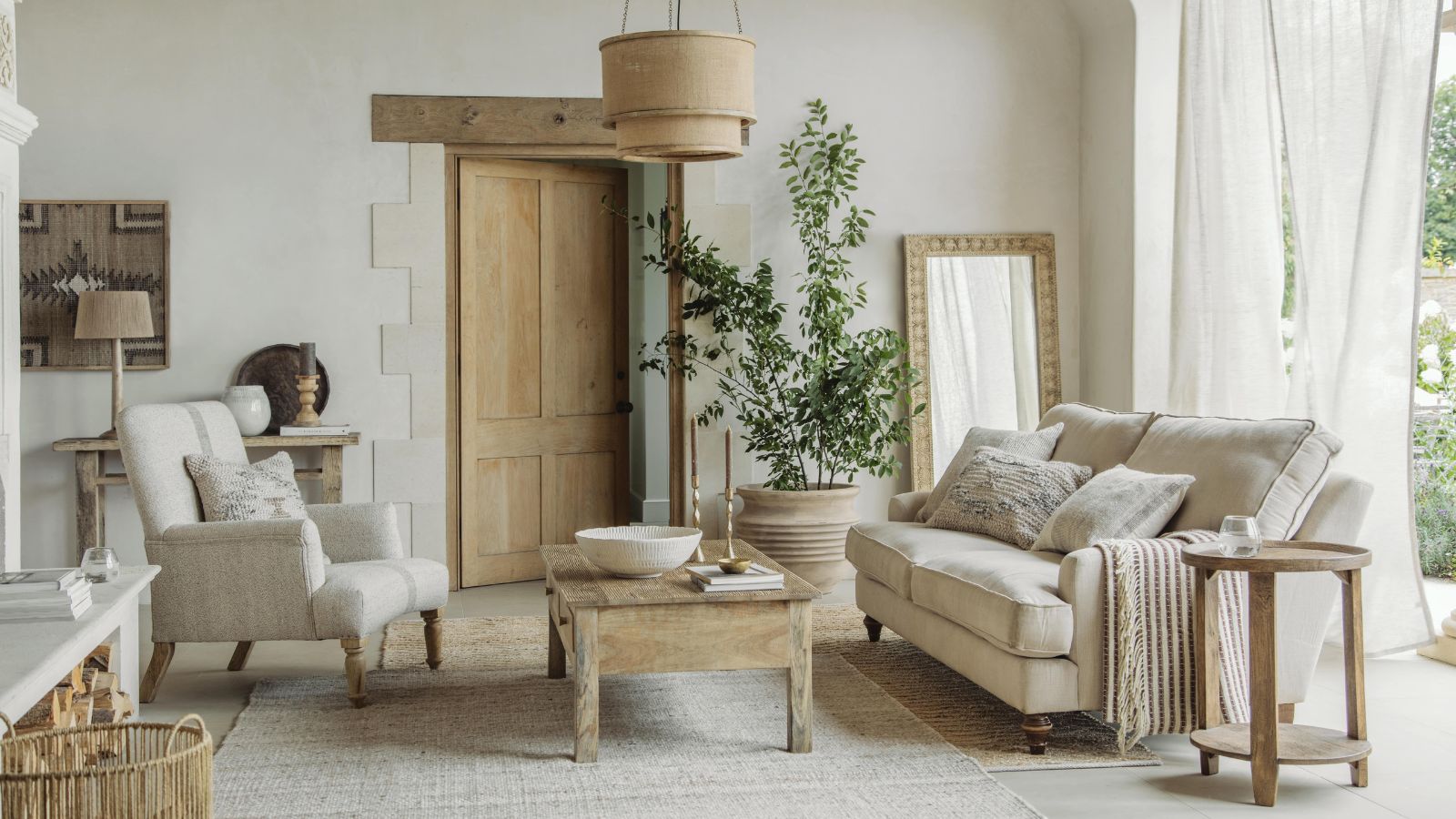 7 things you should repair instead of replace in your home – and how to complete the job well yourself in a few simple steps
7 things you should repair instead of replace in your home – and how to complete the job well yourself in a few simple stepsEasy steps for fixing common household items
By Eve Smallman Published
-
 Why does my carpet feel damp? Property experts reveal the 3 causes and how to fix them properly to avoid mold
Why does my carpet feel damp? Property experts reveal the 3 causes and how to fix them properly to avoid moldCondensation doesn't just gather on your windows
By Dan Fauzi Published
-
 The 5 things you should never recycle at home – 'most people don’t realize' how damaging it can be, experts warn
The 5 things you should never recycle at home – 'most people don’t realize' how damaging it can be, experts warnOne wrong move can make the whole batch redundant, experts warn
By Ciéra Cree Published
-
 6 things people with clean sunrooms always do – expert tips to make the most of your sunroom this spring
6 things people with clean sunrooms always do – expert tips to make the most of your sunroom this springFrom dusting the tracks to rotating fabrics, these are the simple steps to a sparkling sunroom
By Andy van Terheyden Published